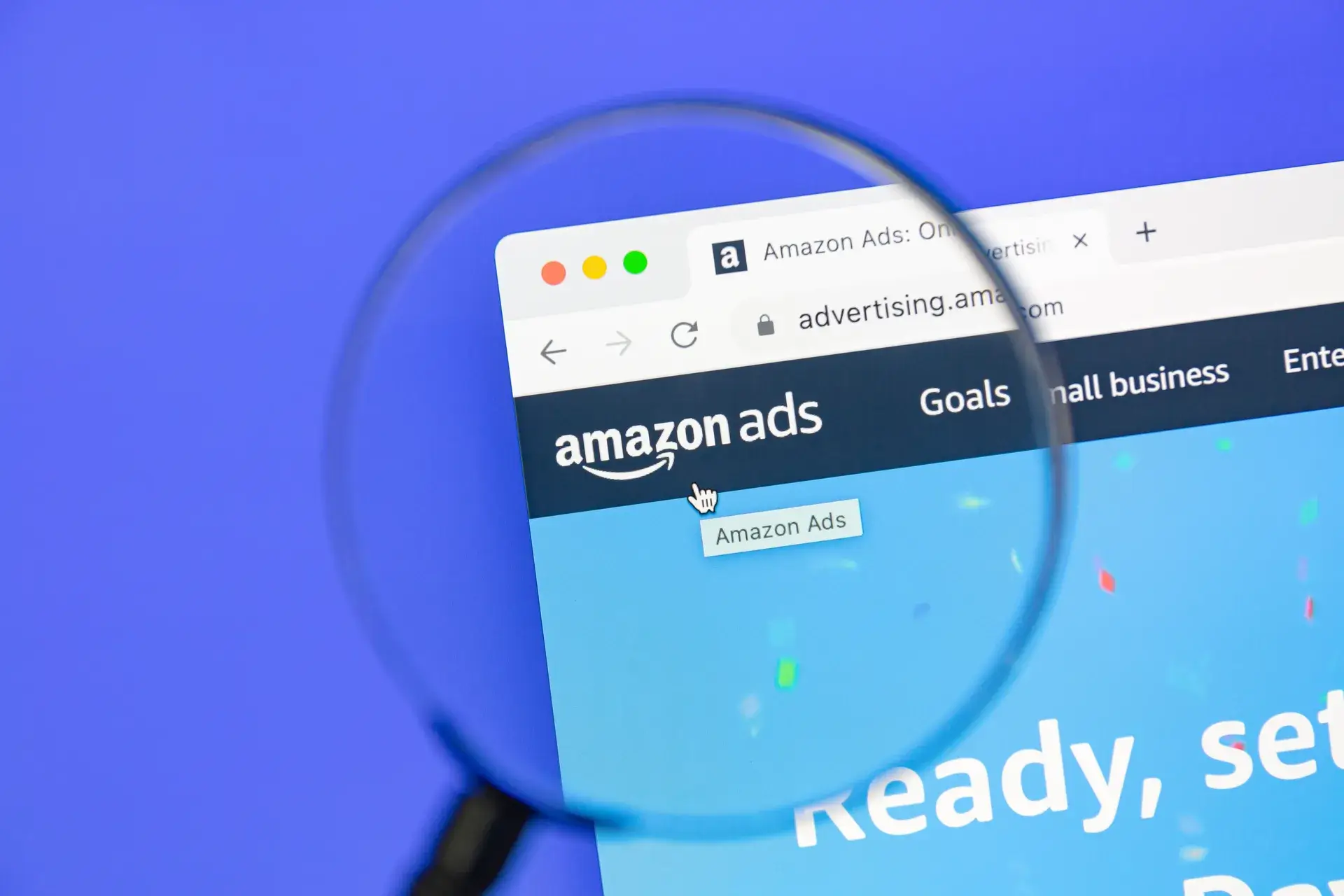Google Shopping Marketing is an essential tool for e-commerce businesses looking to enhance their online visibility and sales. By displaying your products to potential customers directly in search results, you can increase traffic and conversion rates. In this guide, we'll delve into effective strategies to optimize your Google Shopping campaigns, from setting up your Merchant Center to optimizing product listings.
Why Use Google Shopping Marketing?
Google Shopping Marketing offers businesses several advantages:
- Visual Appeal: Product images and prices captured in Google Shopping ads entice users to click through to your website.
- Higher Conversion Rates: Since users can see product details upfront, they're more likely to convert.
- Targeted Advertising: Reach users actively searching for products similar to yours, maximizing your ad spend.
1. Setting Up Your Google Merchant Center
The first step in leveraging Google Shopping Marketing is creating a Google Merchant Center account. Here’s how to get started:
- Register for a Google account and navigate to the Merchant Center.
- Verify your business and claim your website.
- Upload your product feed, including details like titles, descriptions, prices, and images.
2. Creating Compelling Product Listings
Your product listings must stand out to capture attention:
- High-Quality Images: Use high-resolution images that showcase your products effectively.
- Optimized Titles: Write clear, descriptive titles that include relevant keywords.
- Detailed Descriptions: Provide comprehensive descriptions to inform customers about your products.
3. Optimizing Your Google Shopping Campaigns
To maximize the effectiveness of your campaigns, consider these optimization strategies:
- Bid Management: Adjust your bids based on performance data to allocate budget wisely.
- Use Negative Keywords: Exclude irrelevant search terms to enhance ad relevance.
- Product Grouping: Group similar products to tailor your bidding strategy and track performance better.
4. Tracking and Analyzing Performance
Regularly monitor your campaigns to identify areas for improvement:
- Utilize Google Analytics to track user behavior and conversion rates.
- Analyze your AdWords performance to see which ads are driving sales.
- Make data-driven adjustments to optimize your ROI.
5. Staying Ahead of the Competition
In the competitive landscape of e-commerce, staying ahead is crucial:
- Conduct competitor analysis to understand their strategies.
- Experiment with different ad formats and placements.
- Stay updated with Google’s algorithm changes and industry trends.
Conclusion
Google Shopping Marketing is a powerful avenue for e-commerce businesses to increase visibility and drive sales. By following best practices in setting up your Merchant Center, creating compelling listings, optimizing campaigns, and continuously analyzing performance, you can unlock new levels of success. At Prebo Digital, we specialize in Google Shopping marketing strategies that help businesses thrive online. Contact us today for expert assistance in crafting high-performing campaigns!







